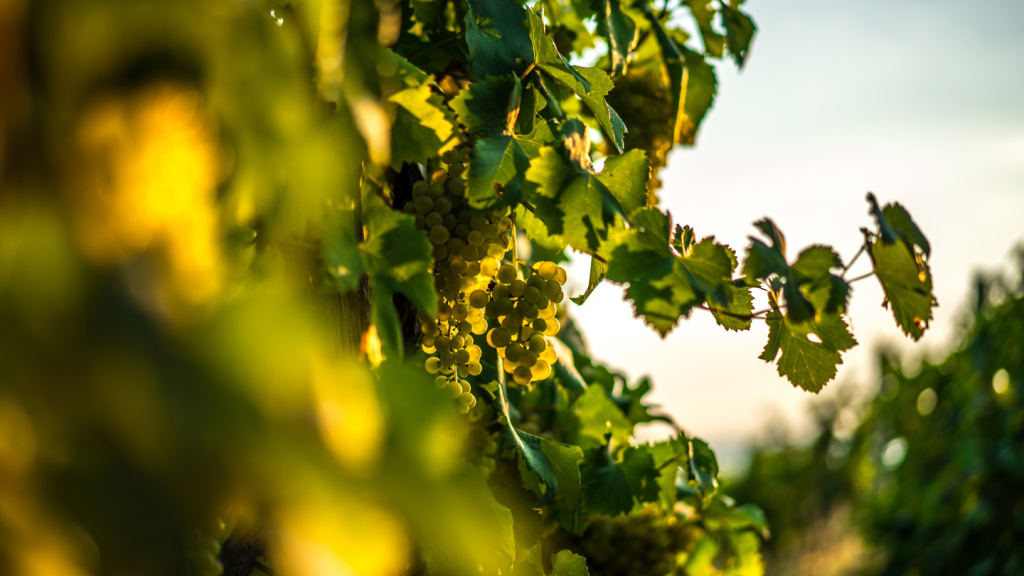
UK cider sales dropped in volume terms in 2023 while the price per litre rose – as did the category’s market share.
The country, which accounts for around a third of total global consumption, purchased just over 695m litres of cider, a 2.62% decrease on 2022.
In value terms however, the category continued its growth trajectory, moving from £2.95bn ($3.68bn) in 2022 to £3.06bn, according to UK producer Westons Cider’s annual category report.
This week, Heineken felled an orchard in Monmouthshire, Wales, after failing to find a buyer for the site. It has been looking to sell Penrhos Farm, one of two apple farms owned by the beer giant, since November last year.
The Bulmers cider maker cited declines in consumption for its decision to chop down trees on the 30,000-hectare site, saying it had an oversupply of apples.
Due to acidity levels, the apples are only usable in cider. “In order to make best use of the land to grow other crops, the bush orchards had to be removed,” the Heineken spokesperson added. “All the wood is shredded for biomass and the bushes were removed in line with The Wildlife Act.”
How well do you really know your competitors?
Access the most comprehensive Company Profiles on the market, powered by GlobalData. Save hours of research. Gain competitive edge.

Thank you!
Your download email will arrive shortly
Not ready to buy yet? Download a free sample
We are confident about the unique quality of our Company Profiles. However, we want you to make the most beneficial decision for your business, so we offer a free sample that you can download by submitting the below form
By GlobalDataDespite falling volumes, the segment is “premiumising” according to GlobalData analyst Kevin Baker. “Premium brands, such as Aspall, are believed to have increased volumes, whilst mainstream brands like Strongbow were under pressure,” he said.
Helen Thomas, managing director of Westons Cider and fourth-generation Weston family member, said: “Premiumisation continues to be a key consumer cider trend, with drinkers trading up to more expensive products.
“It has been a long-term cider trend (not just inflation-related, as seen recently) and, with it, the quality bench has become even more important to ensure consumers are perceiving the true value for money.”
Value sales of cider are skewed towards the on-premise in the UK – which accounts for 62% of value and 37% of volume. Baker said declines in on-premise consumption have hit cider makers “particularly hard”.
Other headwinds include competition from alternatives like RTDs, health trends and alcohol moderation, “the different relationship to alcohol exhibited by Gen Z” who are now entering the alcohol market, “and to whom beer and cider are seen as uncool and outdated”, Baker said.
Baker also noted the vulnerability of the cider industry to weather events.
“One of the issues with cider is that it is quite weather dependent,” he said. “2022 was a relatively good summer (and people were returning to on-premise post Covid). However, 2023 was a poor summer and this will have accelerated the pressures on cider in the UK.”
Falling volumes are not unique to cider. Westons Cider pointed to cider’s market share growth in 2023 as the beer category also slowed in consumption.
“Despite not having a major [market] share, cider should not be underestimated,” said Jack Street, food and beverage analyst at Circana. “Driven by consumers seeking lower alcohol options and the rise of craft ciders with unique flavours, the category is experiencing a 2% growth in share.”
Despite felling one of its two bush orchards, Heineken said it was committed to growing the cider category.
“The cider market has declined over the last few years, but we are absolutely committed to investing in the cider category and returning it to growth, it said.
“As the leading cider maker in the UK, over the last couple of years, we have invested millions of pounds into our cider brands, supported British agriculture and showcased the cider category.
“We continue to source all our apples from around 6,000 acres of orchards in and around Herefordshire and will continue to do so.”







